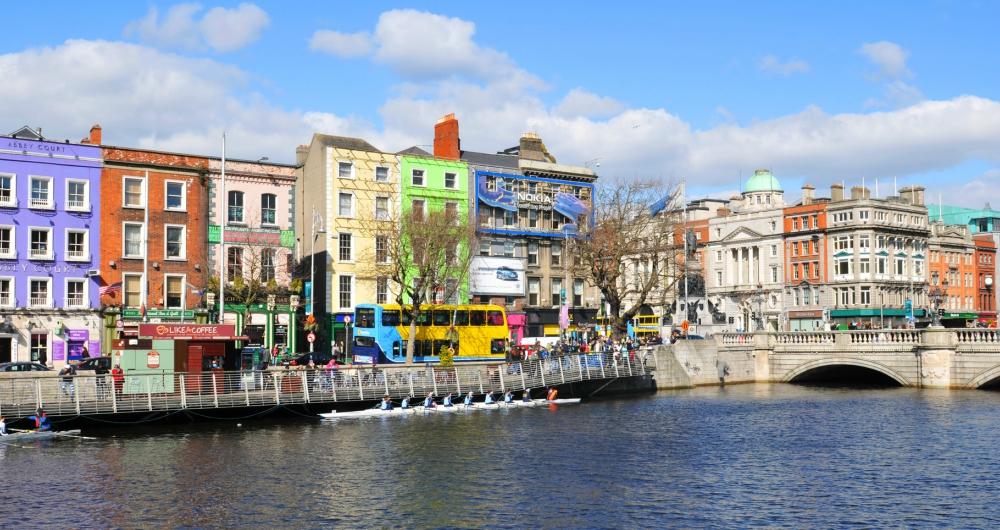Craving historic streets, lively pubs, and Irish charm? Head to Dublin, Ireland! Ireland’s capital is a vibrant mix of old and new—where cobbled lanes lead to medieval castles, literary landmarks, and world-famous pubs. Whether you’re here for culture, history, or a proper pint, Dublin delivers.
Best Time to Visit
The best time to visit Dublin is in late spring through early autumn (May–September). These months offer mild weather, festivals, and longer days for sightseeing. Winter is quieter and cozy, with holiday lights and fewer crowds.
How to Get There
- By Air: Fly into Dublin Airport (DUB), about 10 km (6 miles) north of the city centre. Buses, taxis, and ride shares are available.
- By Ferry: Ferries from the UK arrive at Dublin Port, with easy transfers to the city by bus or taxi.
- By Train: Intercity trains connect Dublin with cities like Cork, Galway, and Belfast via Heuston and Connolly Stations.
Where to Stay
- The Westbury Hotel – Elegant five-star hotel in the heart of Grafton Street, ideal for luxury shopping and sightseeing.
- The Dean Dublin – Trendy boutique hotel with a rooftop bar, modern rooms, and bold design near St. Stephen’s Green.
- Generator Dublin – Hip, budget-friendly hostel in Smithfield, great for young travelers and groups.
Top Attractions
⮕ Catch the Spirit of Irish Sport and History at Croke Park
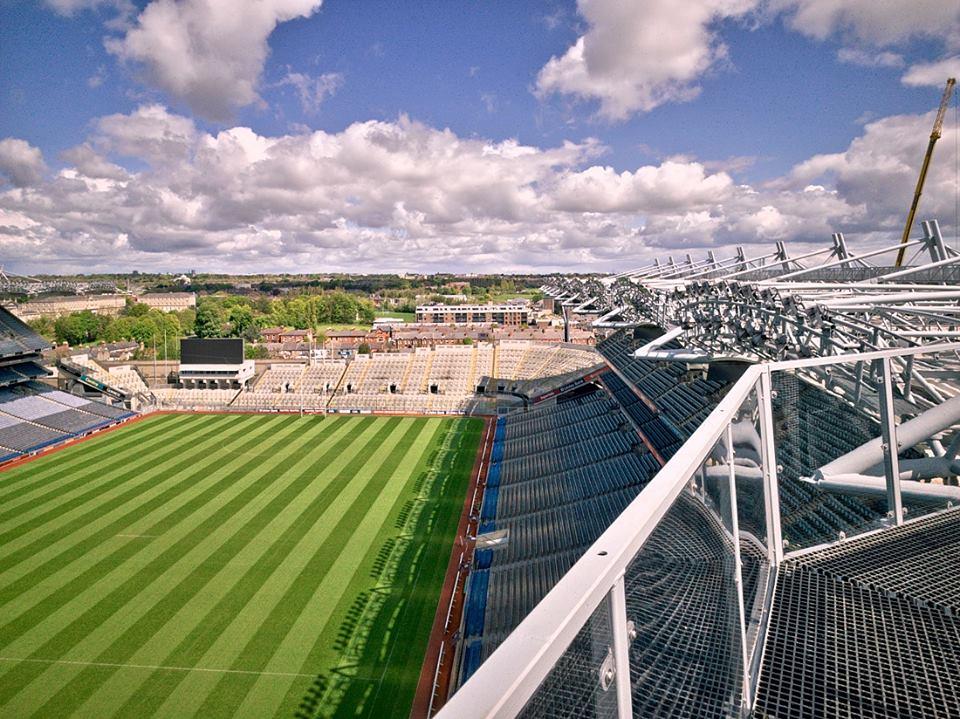
© Croke Park
Headquarters of the Gaelic Athletic Association (GAA) and home of Gaelic games, Croke Park
has been at the center of Irish sporting life for over 100 years. Boasting a capacity for 82,300 people, Croke Park Stadium is one of the largest in Europe and can accommodate all types of events from local football games and field sports to high profile international sporting, cultural, and music events. Visitors to Croke Park can enjoy unique state-of-the-art interactive visitor experiences and guided tours that explore the history of Ireland’s unique national games Gaelic football and hurling. These tours also give guests a behind-the-scenes look at the stadium to see the team dressing rooms, warm-up areas, media center, and the famous players' tunnel and pitch.
Jones' Rd, Drumcondra, Dublin 3, Ireland, Phone: +3-53-18-19-23-00
⮕ Walk Through Centuries of Power and Politics at Dublin Castle

© Courtesy of Leonid Andronov - Fotolia.com
Standing on a ridge above the River Liffey in the heart of the city, Dublin Castle
is one of Dublin’s most popular tourist attractions. Dating back to the 18th century, the castle served as the seat for the English and later the British government of Ireland until 1922, and it is now a major Irish government complex and conferencing destination. Standing on a strategic site at the junction where the River Liffey meets the Poddle tributary, Dublin Castle has played a significant role in the history of the city – in fact, Dublin is named after the Black Pool (Dubh Linn) that used to lie on the site of the present Castle garden. Visitors can explore Dublin Castle on guided tours, which include visits to the Medieval Undercroft, Chapel Royal, and State Apartments, as well as the famous Dublin Tearooms, which are open Monday to Sunday.
Dame St, Dublin 2, Ireland, Phone: +3-53-16-45-88-00
⮕ Admire Gothic Grandeur and Heritage at St. Patrick’s Cathedral
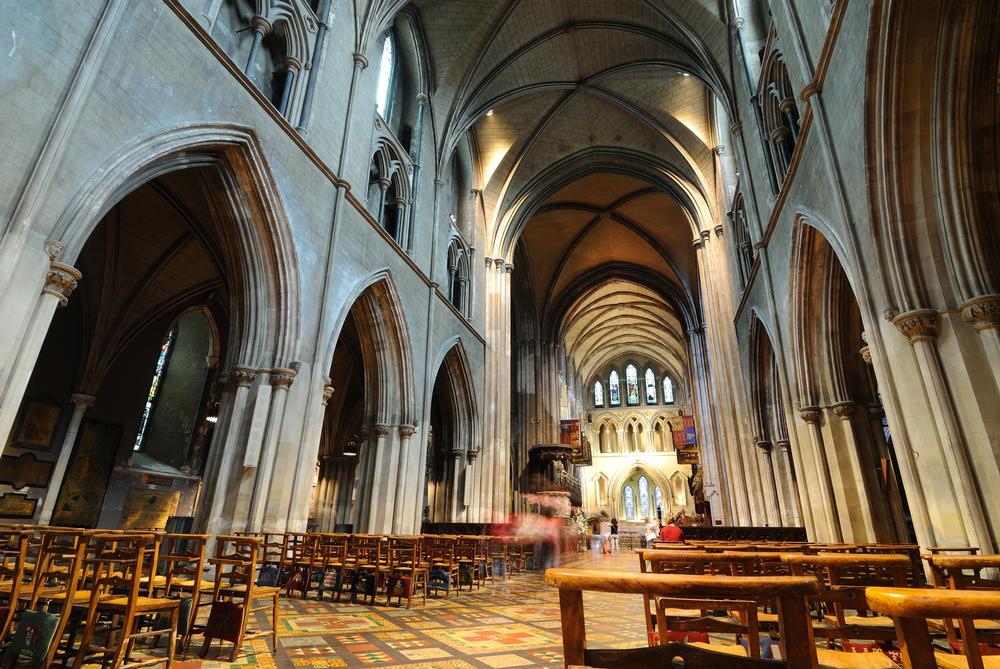
© Courtesy of SeanPavonePhoto - Fotolia.com
Founded in 1191, St Patrick's Cathedral is the National Cathedral of the Church of Ireland and the tallest church in Ireland. Boasting a 141-foot spire, St Patrick's Cathedral has been designated as the national cathedral for the whole Ireland since 1870. However, it is not the seat of the Archbishop of Dublin, who has his seat in Christ Church Cathedral, also a Church of Ireland cathedral in Dublin. St Patrick's Cathedral is often used for national public ceremonies, including Remembrance Day and Carol Services, as well as degree ceremonies and state funerals. The cathedral welcomes all, seeing up to 300,000 visitors a year.
St Patrick's Close, Wood Quay, Dublin 8, Ireland, Phone: +3-53-14-53-94-72
Recommended Activities for Families
⮕ Meet Animals From Around the World at Dublin Zoo
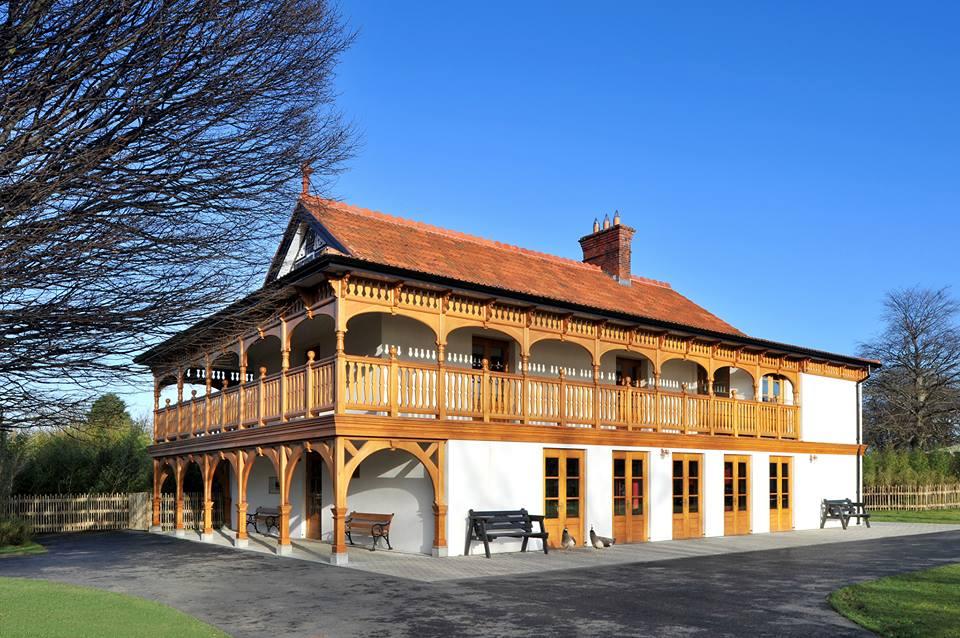
© Dublin Zoo
One of Dublin's most popular attractions, the Dublin Zoo
is the largest zoo in Ireland, covering some 28 hectares. Home to some 400 animals in a variety of habitats and located in the Phoenix Park in the heart of Dublin city, the zoo is divided into different area that represent various habitats of the world, including African Plains, Asian Forests, South American House, Sea Lion Cove, Fringes of the Arctic, the Kaziranga Forest Trail, the Orangutan Forest, Roberts House, City Farm, and the House of Reptiles. The Dublin Zoo also plays a vital role in several conservation and breeding programs and is a registered charity.
Phoenix Park, Dublin 8, Ireland, Phone: +3-53(0)-14-74-89-00
⮕ Taste Dublin’s Culinary Secrets with Fabulous Food Trails
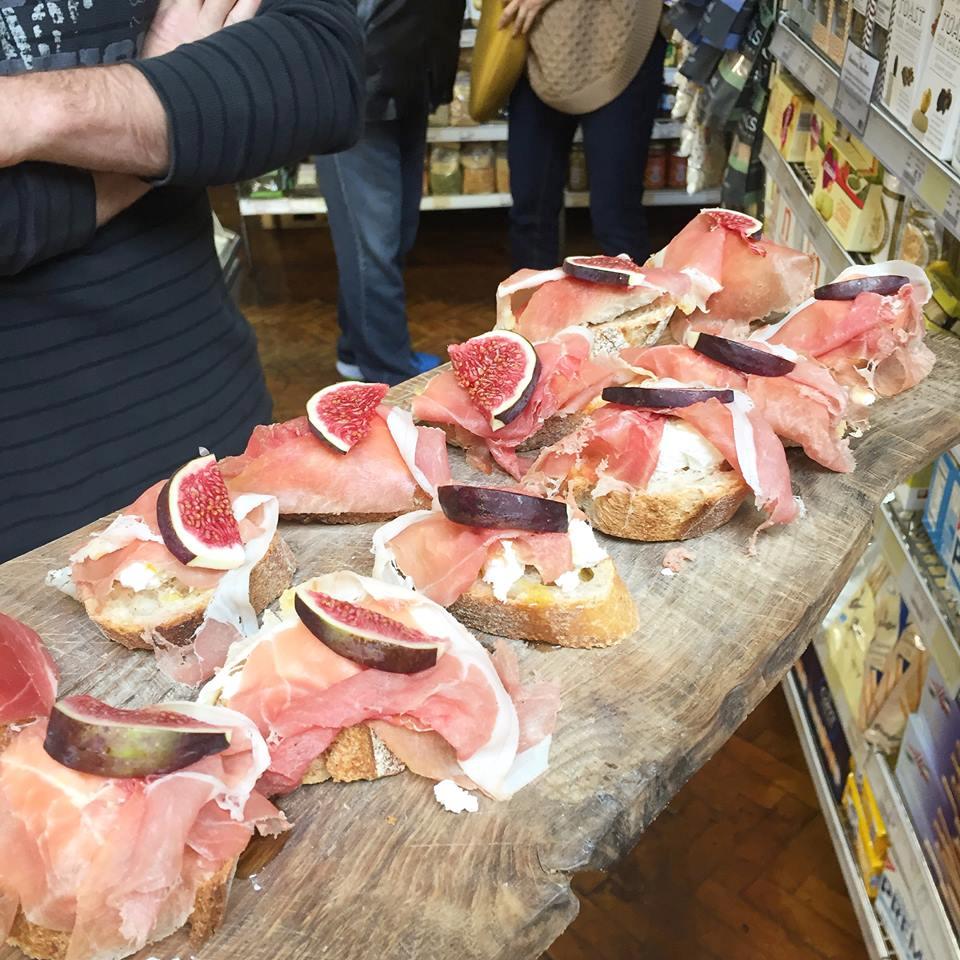
© Fabulous Food Trails
Experience Dublin through your stomach on one of Fabulous Food Trails’ award-winning Food Walks and Tasting Tours. Experienced, local guides take visitors to some of Dublin’s favorite foodie haunts and introduce them to the unexpected culinary pleasures that the city has to offer, with plenty of delicious tastings along the way. Tours are available in Dublin and Cork and feature many unexpected culinary treasures ranging from interesting architecture to fascinating historical stories and six to eight delicious tastings of the best of contemporary Irish food. Tour groups for the award-winning Dublin Tasting Walk can include up to fourteen guests and take about three hours, visiting a range of food halls, bakeries, food halls, cheese mongers, street markets, delicatessens, and other specialty shops along the way.
44 Oakley Road, Ranelagh, Dublin 6, Ireland, Phone: +3-53-14-97-12-45
Attractions for Couples
⮕ Pour a Pint and Discover Brewing History at the Guinness Storehouse

© Courtesy of VanderWolf Images - Fotolia.com
Home to Ireland’s famous black ale, the Guinness Storehouse® is one of the city’s most visited tourist attractions. Located in the heart of the St. James's Gate Brewery, the Guinness Storehouse® offers visitors an unforgettable Irish experience that explores the history of Ireland's famous beer and its long-brewing heritage, complete with a guided tour of the brewery and plenty of tastings. The Guinness Storehouse® experience begins at the bottom of the world's largest pint glass, journeys up through seven floors packed with interactive experiences, and ends on the world-famous rooftop Gravity Bar with the perfect pint.
St James's Gate, Ushers, Dublin 8, Ireland, Phone: +3-53-14-08-48-00
⮕ Explore Contemporary and Irish Creativity at the Irish Museum of Modern Art (IMMA)
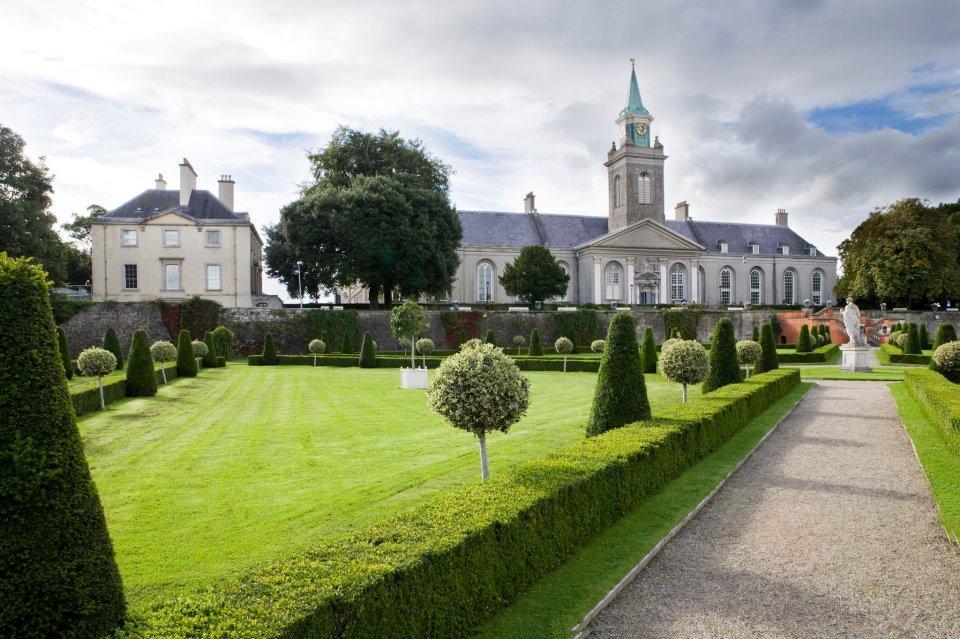
© Irish Museum of Modern Art (IMMA)
The Irish Museum of Modern Art (IMMA) (IMMA) is the leading national institution of contemporary and modern art in Ireland and is home to the National Collection. Housed in the 17th century Royal Hospital building in Kilmainham, the IMMA features a dynamic program of exhibitions that highlight works from Irish and international artists, as well as education and family programs for all ages. Formal gardens, meadows and ancient burial grounds, and a variety of facilities surround the museum. You will find a bookshop and the casual Itsa Café, which serves a range of light meals, snacks, and drinks. Visitors can enjoy free guided tours of the museum’s exhibitions on a daily basis.
Royal Hospital Kilmainham, Military Rd, Kilmainham, Dublin 8, Phone: +3-53-16-12-99-00
⮕ Step Inside Ireland’s Rebel Past at Kilmainham Gaol
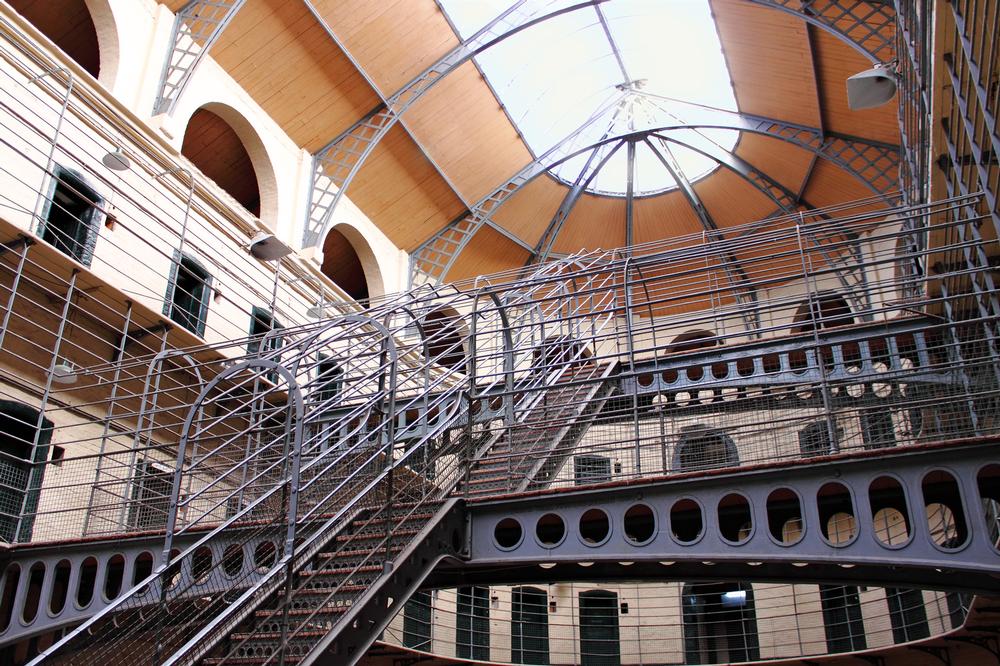
© Courtesy of spectrumblue - Fotolia.com
Once a prison for some of Ireland’s most famed political and military leaders, many of whom were executed in prison by the British, Kilmainham Gaol is now a museum that is open to the public. Renowned for being the largest unoccupied jail of these islands, Kilmainham Gaol gives visitors an in-depth insight into life behind bars in this forbidding bastion of punishment and correction between 1796 and 1924, when it was finally closed. The prison was home to leaders of Ireland’s many rebellions such as Charles Stewart Parnell, Robert Emmet, Eamon de Valera, and the 1916 Easter Rising leaders. Visitors can enjoy guided tours and exhibitions throughout the prison.
Inchicore Rd, Kilmainham, Kilmainham, Dublin 8, Co. Dublin, Ireland, Phone: +3-53-14-53-59-84
⮕ If You Love Fairytale Estates and Coastal Charm, Visit Malahide Castle
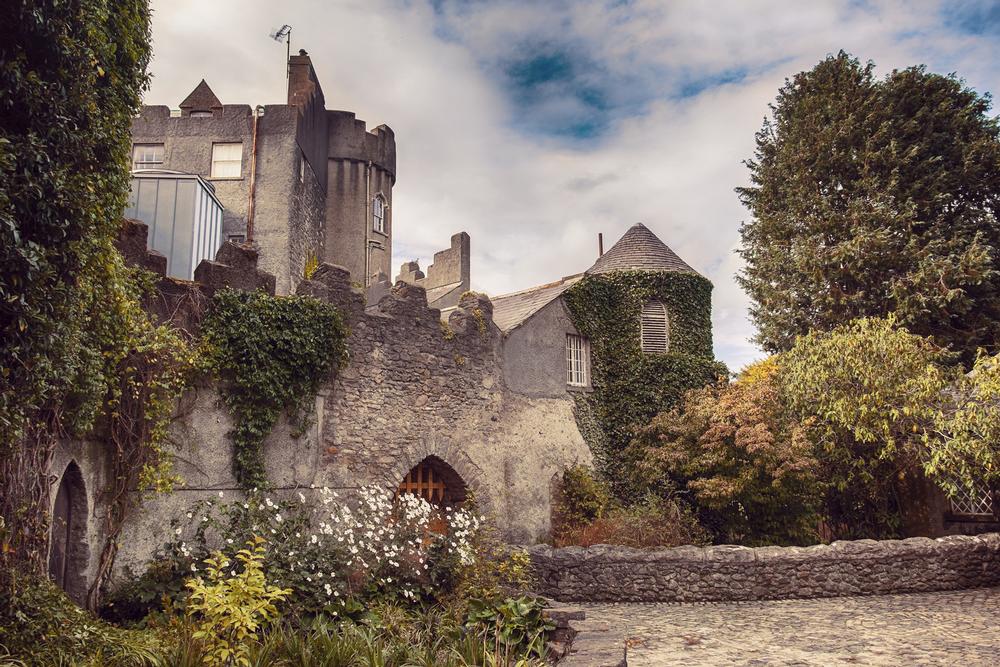
© Courtesy of araraadt - Fotolia.com
Malahide Castle is a beautifully preserved castle located in the Malahide Demesne Regional Park that dates back to the 12th century. Surrounded by 260 acres of remaining estate parkland and stunning walled gardens in the pretty seaside town of Malahide, Malahide Castle was once both a fortress and a private home to the Talbot family for almost eight centuries. Boasting an eclectic mix of architectural styles, the castle is furnished with beautiful period furniture and an extensive collection of Irish portrait paintings, which visitors can experience on guided tours. Established between 1948 and 1973, the Talbot Botanic Gardens are one of the Castle’s main attractions and are included in the guided tours.
Malahide Demesne, Malahide, Co. Dublin, Ireland, Phone: +3-53-18-16-95-38
Where to Eat
- The Woollen Mills – Irish comfort food with a modern twist, housed in a historic riverside building.
- Chapter One – Michelin-starred fine dining experience featuring seasonal Irish ingredients and elegant tasting menus.
- Gallagher’s Boxty House – Traditional Irish cuisine with a focus on boxty (potato pancakes) and hearty local dishes.
Local Events
- St. Patrick’s Festival (March) – Ireland’s biggest celebration with parades, music, dance, and citywide festivities.
- Bloomsday Festival (June) – Literary celebration honoring James Joyce with readings, tours, and costumed events.
- Dublin Fringe Festival (September) – Avant-garde theater, art, and performances across the city.
Day Trips Within 30 Minutes of Dublin, Ireland
- Howth (25–30 min) – Hike dramatic coastal cliffs, eat fresh seafood at the harbour, and spot seals from the pier.
- Malahide Castle & Gardens (20–25 min) – Tour a 12th-century castle, stroll formal gardens, and visit the fairy trail and butterfly house.
- Dalkey (25–30 min) – Explore a charming seaside village with historic castles, kayaking tours, and celebrity sightings.
- Irish National Stud & Gardens (30 min) – Meet champion racehorses and wander through serene Japanese and St. Fiachra’s gardens.
- Dún Laoghaire (20–25 min) – Walk the East Pier, try Teddy’s ice cream, and visit the National Maritime Museum of Ireland.
- National Botanic Gardens (10–15 min) – Discover Victorian glasshouses, themed plant collections, and peaceful walking paths in Glasnevin.
- Bray (25–30 min) – Hike Bray Head, stroll the promenade, or take the scenic DART train along the coast.
- Phoenix Park (10–15 min) – Spot wild deer, visit Dublin Zoo, and explore one of Europe’s largest enclosed urban parks.
- Poolbeg Lighthouse Walk (20–25 min) – Take a breezy stroll on a long sea wall to reach this iconic red lighthouse in Dublin Bay.
FAQ
-
What makes Dublin a unique destination?
-
Dublin exudes a vibrant combination of heritage and fun
that never fails to disappoint.
-
How does Dublin showcase its history?
-
Dublin is a living museum of its history, with
cathedrals and medieval castles standing alongside
18th-century architectural splendors and masterpieces.
-
How can visitors explore Dublin’s beauty and history?
-
Dublin can be experienced by visiting its many
museums, galleries, and historic buildings
through a variety of walking tours that showcase the city's charm and past.
-
What is the best way to experience Dublin’s social culture?
-
To truly experience Dublin and its locals at their most
convivial, the first stop should be a traditional
Irish pub, with thousands dotted around the city.
Plan Your Trip


